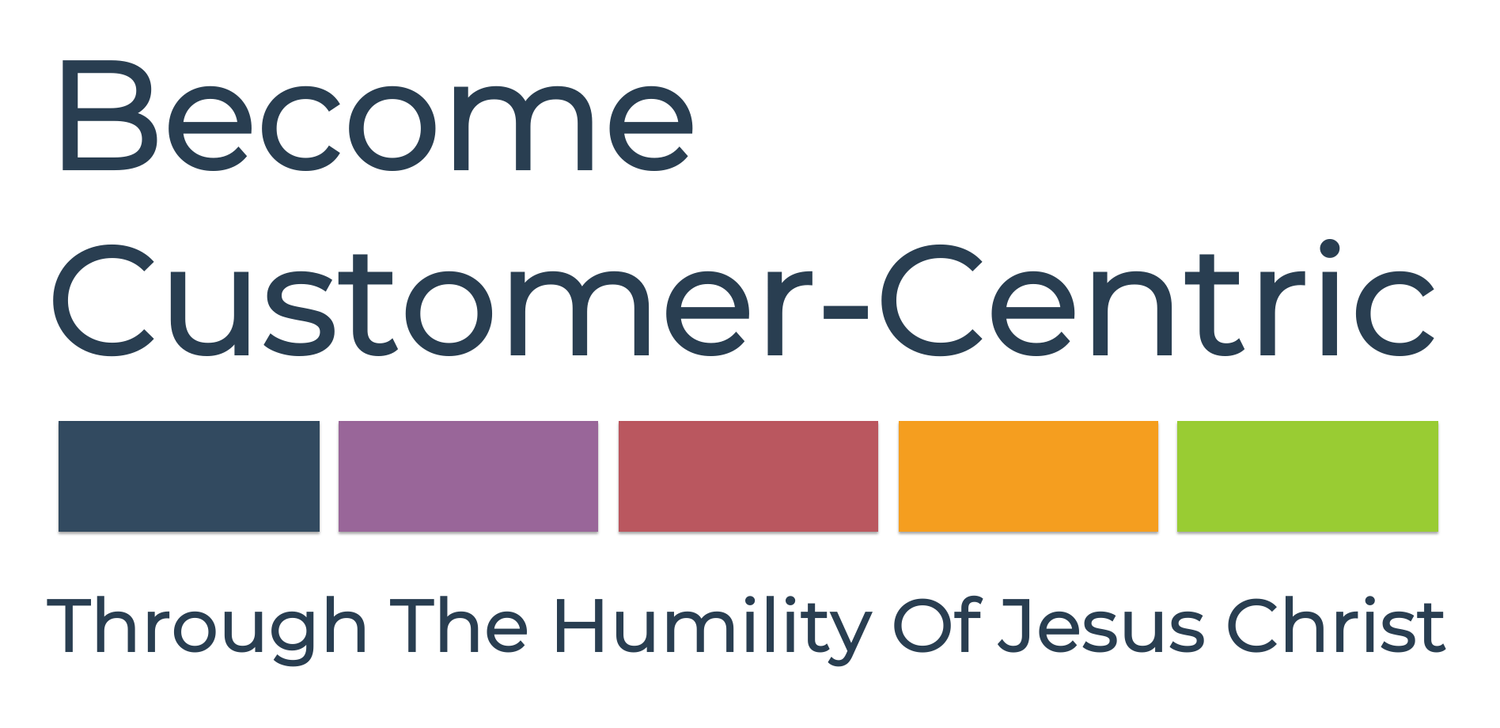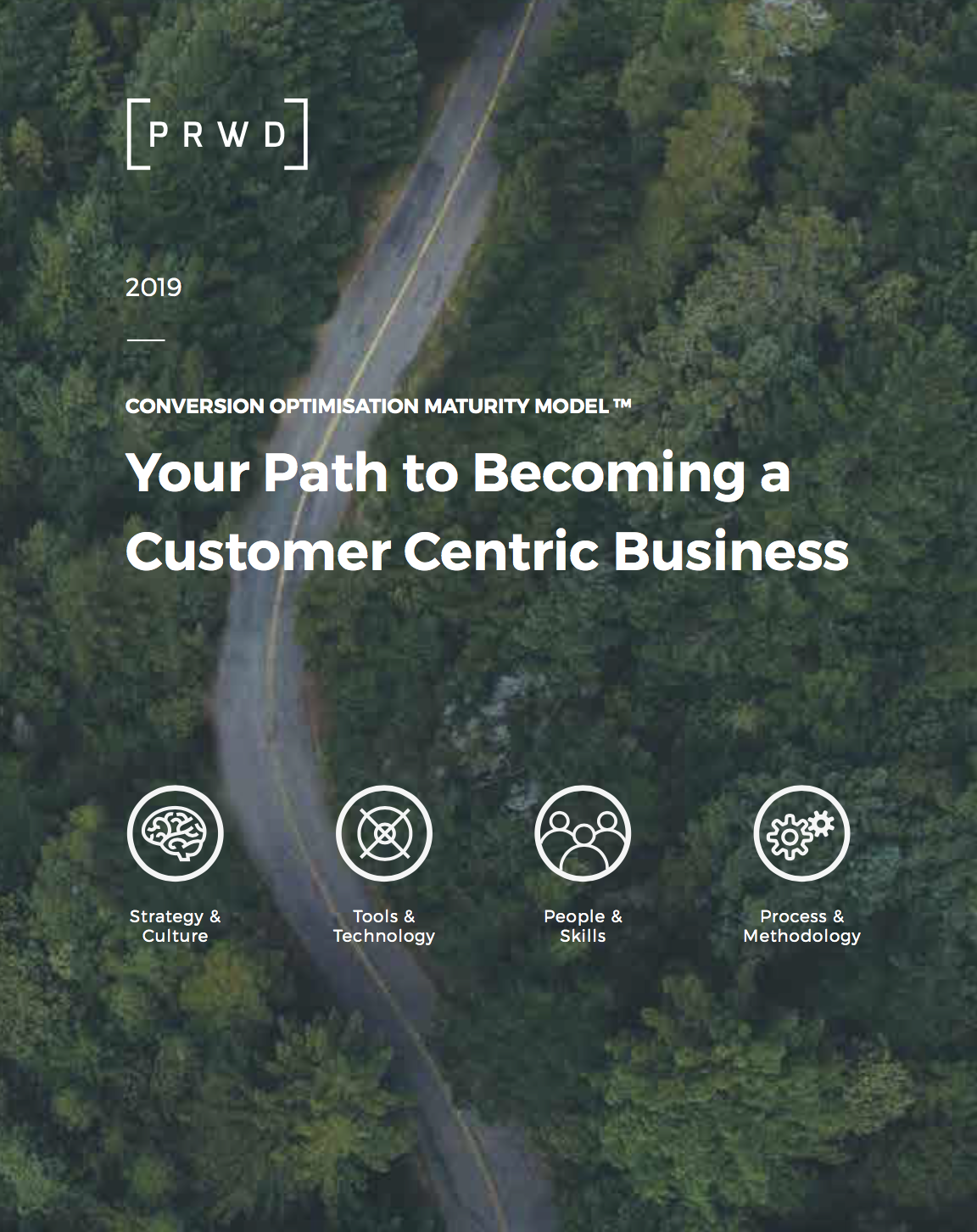From The Conversion Optimisation Maturity Model to The Customer-Centricity Maturity Model
Where did our Customer-Centricity Maturity Model come from? How were the 4 pillars of the Customer-Centricity Maturity Model established? Is this Model not the same as PRWD’s Conversion Optimisation Maturity Model?
It Starts Back in 2014 at Conversion Conference UK
From when I watched Tim Ash deliver a keynote presentation at Conversion Conference UK in 2014 titled “The Conversion Maturity Model: A Roadmap to Profitability”, I saw the value in having a Maturity Model from which companies can be audited.
This was what we needed within our agency (PRWD) to allow us to understand where the barriers will be for us to deliver an impactful, strategic experimentation programme.
The Sitetuners Conversion Maturity Model has 4 Dimensions:
Who - People & Structure
How - Tools & Technology
What - Measurement & Accountability
Why - Process & Culture
The PRWD Conversion Optimisation Maturity Model has 4 Pillars:
As part of our development process of our own Conversion Optimisation Maturity Model, we established that our Model would have what we described as the 4 Pillars of Maturity:
Strategy & Culture - This area focuses on how well customer-centricity is aligned to the growth strategy of your organisation. It explores what type of culture and mindset the business has, and whether or not there are senior, influential champions who are advocating a truly customer-led culture.
Tools & Technology - This area focuses on the tools and technology your organisation uses to enable a robust customer experience improvement strategy. It includes the web analytics platform, VOC and behavioural insight tools, and what level of resource and skills your organisation has to harness the technology that has been invested in
People & Skills - This area focuses on what type of appreciation your organisation has towards investing in a multi-disciplinary team to help drive an intelligent customer-led user experience improvement programme. It looks at skill sets including user research, UX design, web development, persuasion and copy writing.
Process & Methodology - This area focuses on the approach that the business takes to delivery customer experience improvements through a customer-led mindset. It looks at the key characteristics of how hypotheses are created and prioritised, the design process for CX improvements, and how changes to the CX are analysed and learnings gained and shared.
We made some particularly important decisions based upon our understanding of which areas of a business can have the biggest impact on whether a CRO (Conversion Optimisation) programme can have on the business.
We established the 1st pillar as Strategy & Culture - knowing how crucial this and how much this influences the other areas
We combined process and methodology to allow us to assess businesses in various areas of this pillar
We included not just people but the levels of skill that a team has across different roles, whether in-house, agency or a combination
The PRWD Conversion Optimisation Maturity Model has 5 Maturity Levels:
When we were developing the Maturity Model, we knew that there needed to be a scale from which to measure how mature a company is across all the individual assessment points. We established the following 5 levels of Maturity:
Beginner - a business is at the start of its journey of becoming customer-centric and wants to know how to establish the foundations to go on this exciting journey
Aspiring - a business has established some important foundations in preparation for starting to truly become a customer-centric business
Progressive - a business recognises that user insight-driven user experience and customer experience improvement is a core driver of business growth and they are starting to feel the impact of this approach
Strategic - a business is using an intelligent, customer insight-driven approach to improving and optimisating its online user experience, and is exceeding performance targets in key growth metrics
Transformative - These businesses are the marketplace elite. They are outperforming their competition through being customer-first and they have a relentless focus on improving and optimising both the online and offline customer experience
The Evolution from Conversion Optimisation to Customer-Centricity
Once we had established our Conversion Optimisation Maturity Model, it was absolutely clear that ultimately, the more mature a business becomes based on the Model, the more customer-centric the business is becoming.
2019 - The Path To Becoming a Customer-Centric Business
For the 2nd year in a row, we took the unprecedented step of sharing publicly, with an instant download and no sign-up required, the complete explanation of our Conversion Optimisation Maturity Model.
When we were discussing what headline to use for the front page, we settled on this:
Your Path to Becoming a Customer-Centric Business
2021 - The Evolution to the Customer-Centricity Maturity Model is Complete
Following the closure of PRWD in January 2021, my attention turned to how I am going to provide my expertise to businesses around the world as a consultant. The Maturity Model and the Strategic Maturity Audit were going to play a significant role in me providing strategic services to businesses big and small.
In an incredible sequence of events, in February 2021 I began working with Paul Postance to deliver a Strategic Maturity Audit for a high growth e-commerce business.
We Made The Following Enhancements To The Conversion Optimisation Maturity Model
The title of the Model became the Customer-Centricity Maturity Model
We added “Cross-Departmental Dynamics” to the Strategy & Culture pillar
We added “Employee Experience (EX)” to the Strategy & Culture pillar
We replaced Competence Harnessing the Testing Platform to “Resources & Skills To Harness Tools & Technology” within the Tools & Technology pillar
We removed specific reference to A/B testing, as most companies aren’t in a position to run A/B tests
We removed “Understanding of Statistics” from People & Skills (as this is included within Data & Analytics Resource)
We added “Human-Computer Interaction & Persuasion” to the People & Skills pillar
We added “Persuasive Copywriting” to the People & Skills pillar
We changed the reference to Testing to UX and CX Design Changes within the Process & Methodology pillar
2021 Onwards - The Customer-Centricity Maturity Model
So here we are. At the time of writing, we are one week on from delivering what I regard as the most strategic business presentation I have ever given. The service was our Strategic Customer-Centricity Maturity Audit, following our 6 stage process, resulting in a strategic Maturity Audit over 100 pages long - featuring over 80 recommendations across the 24 assessment points of the 4 pillars of the Maturity Model.

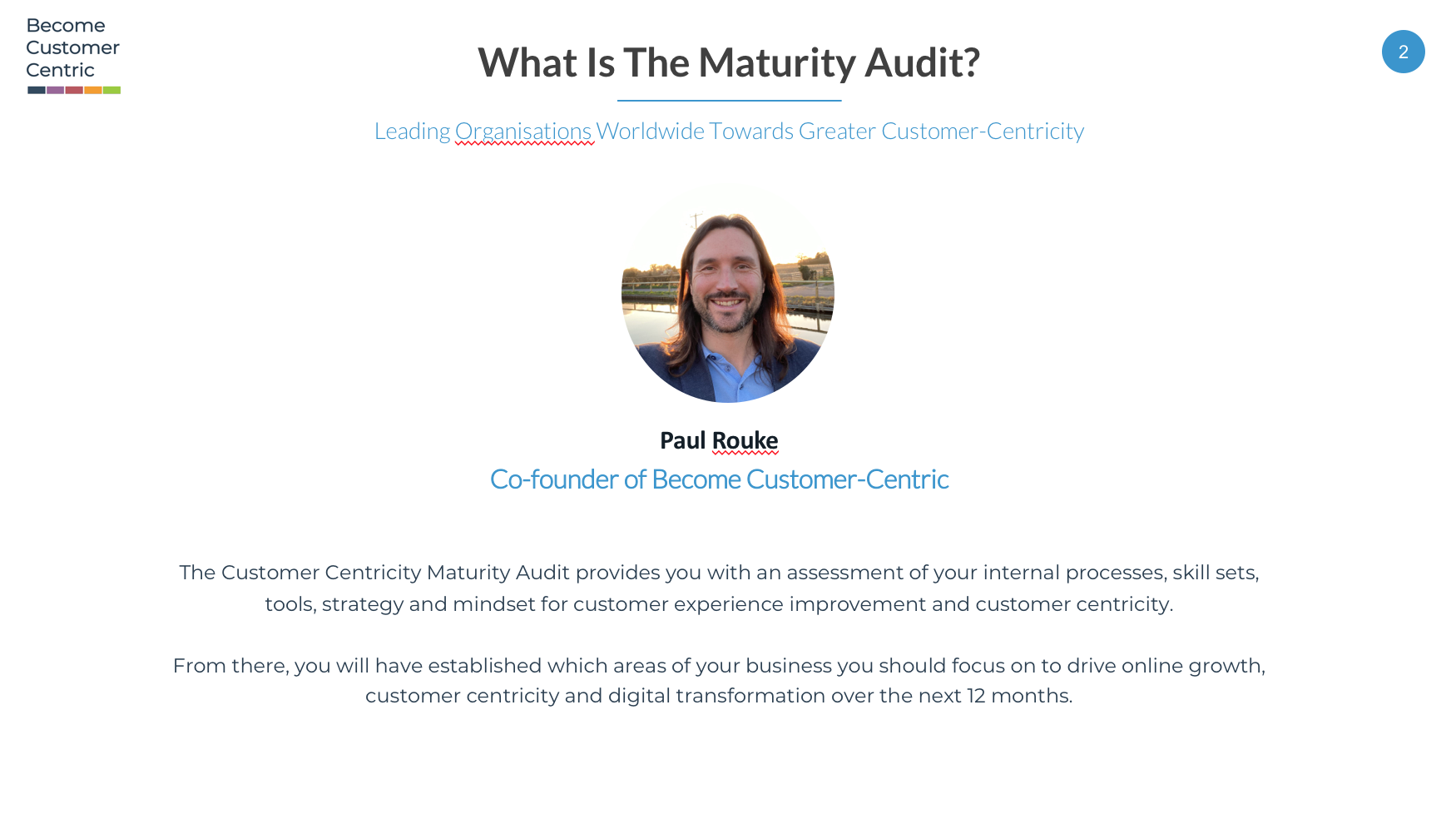
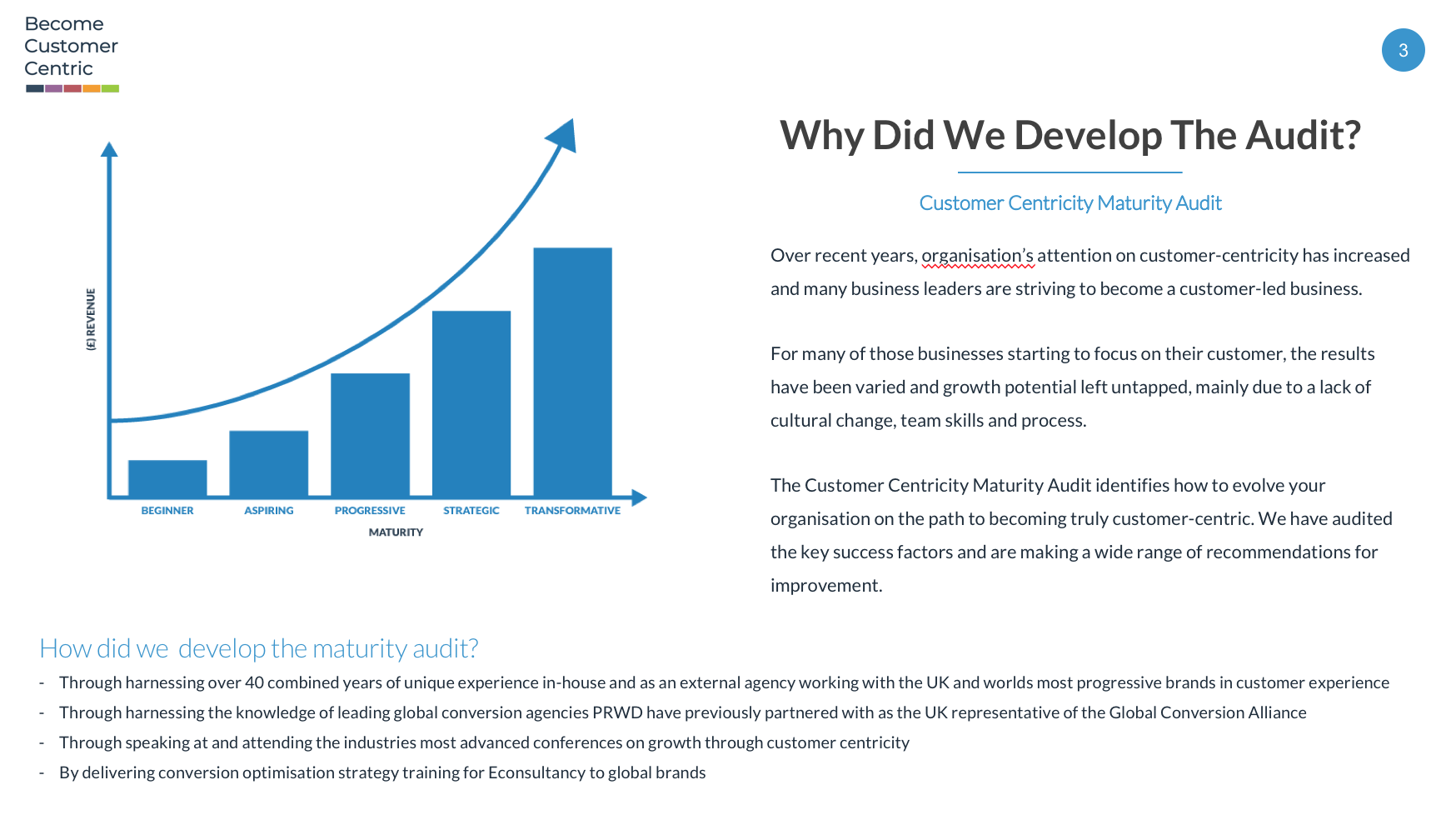
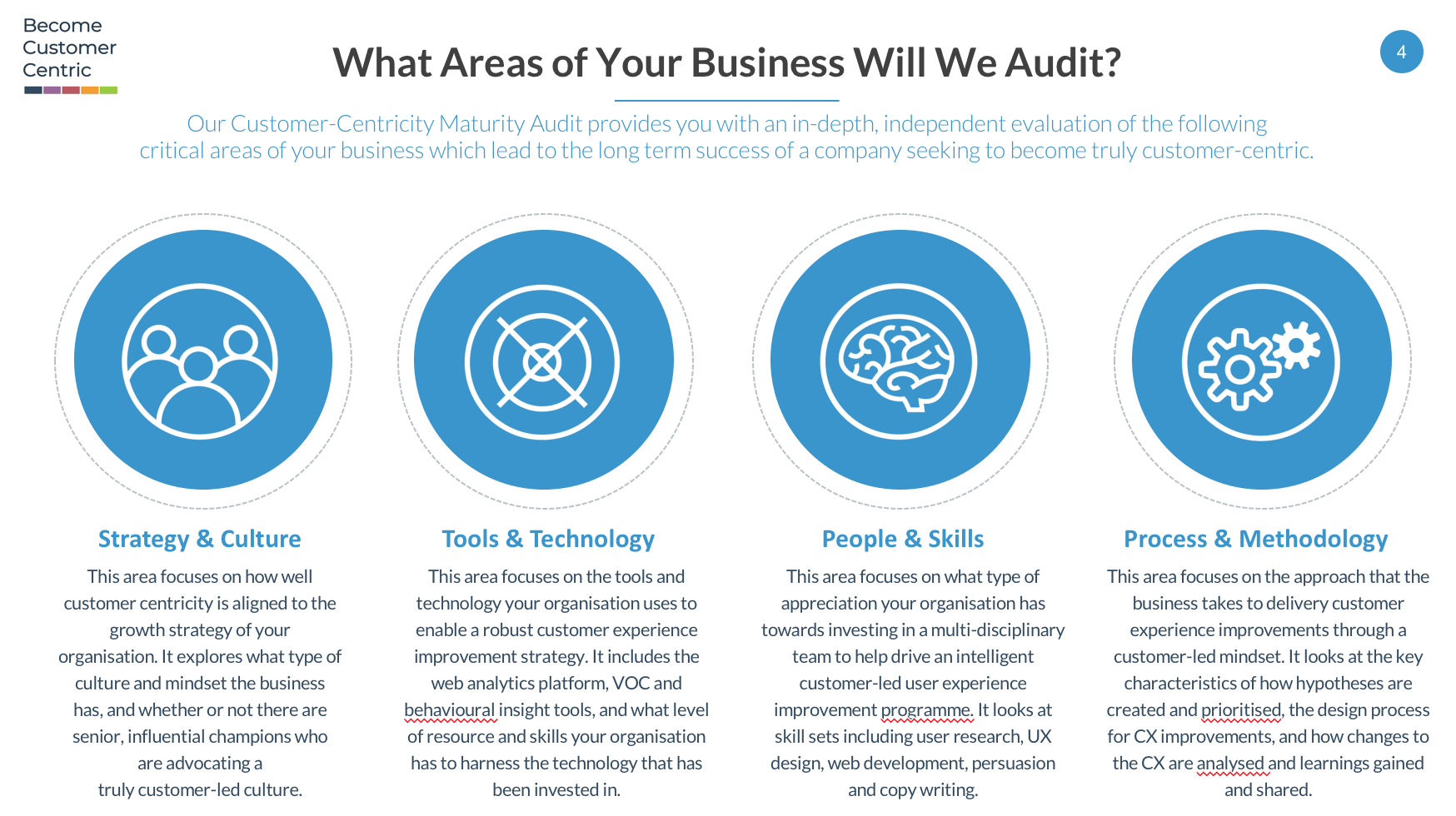
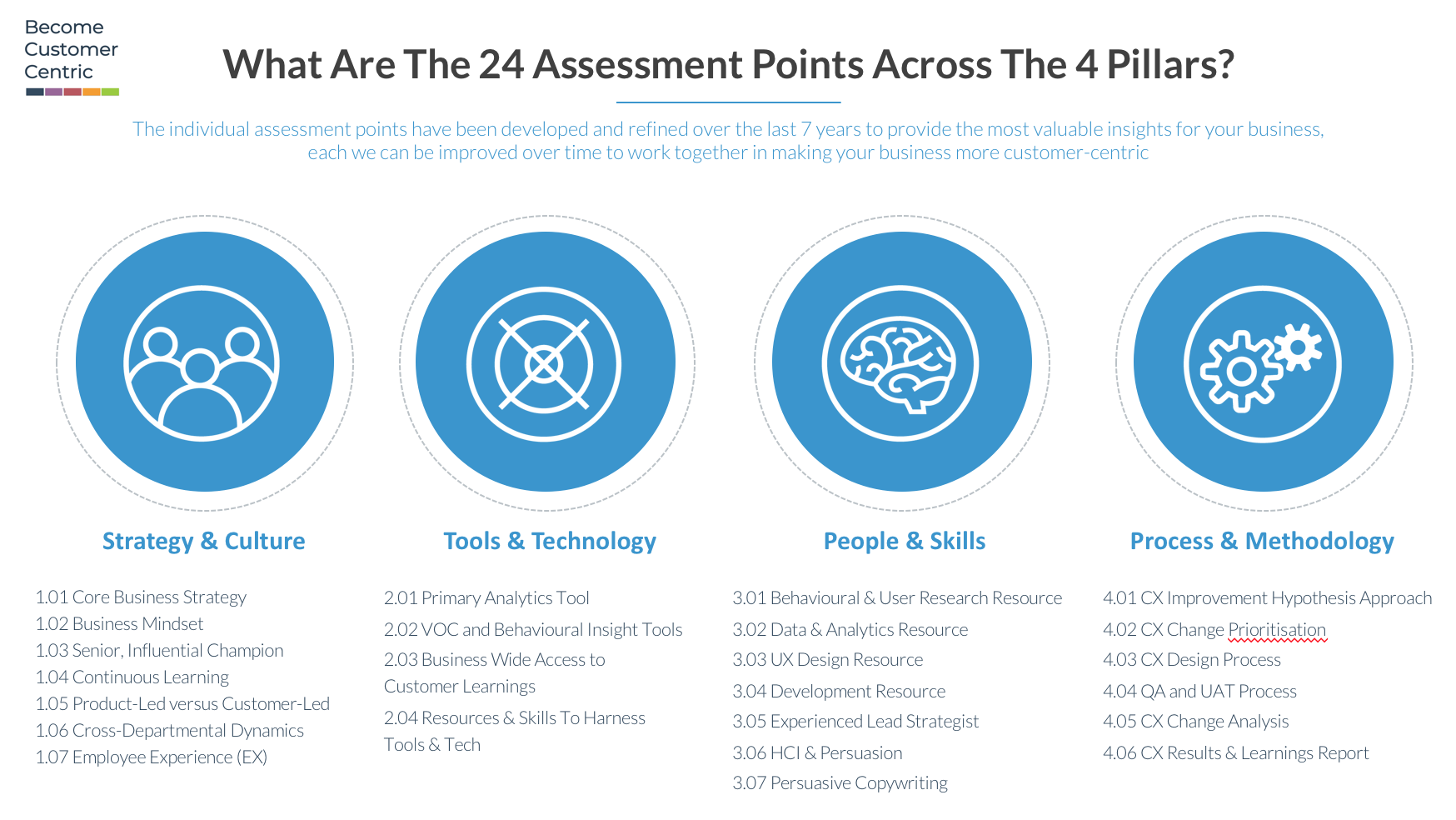

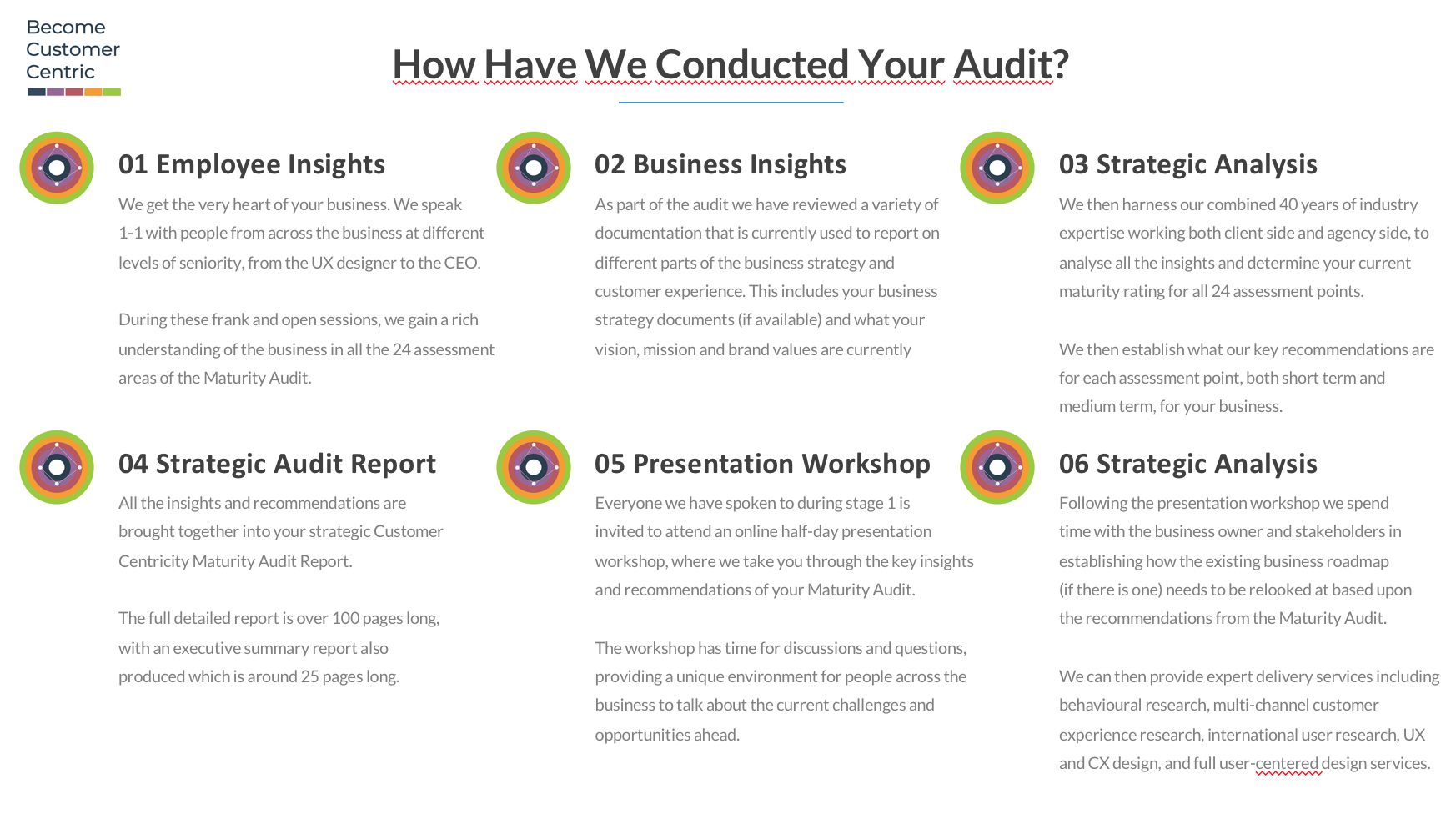
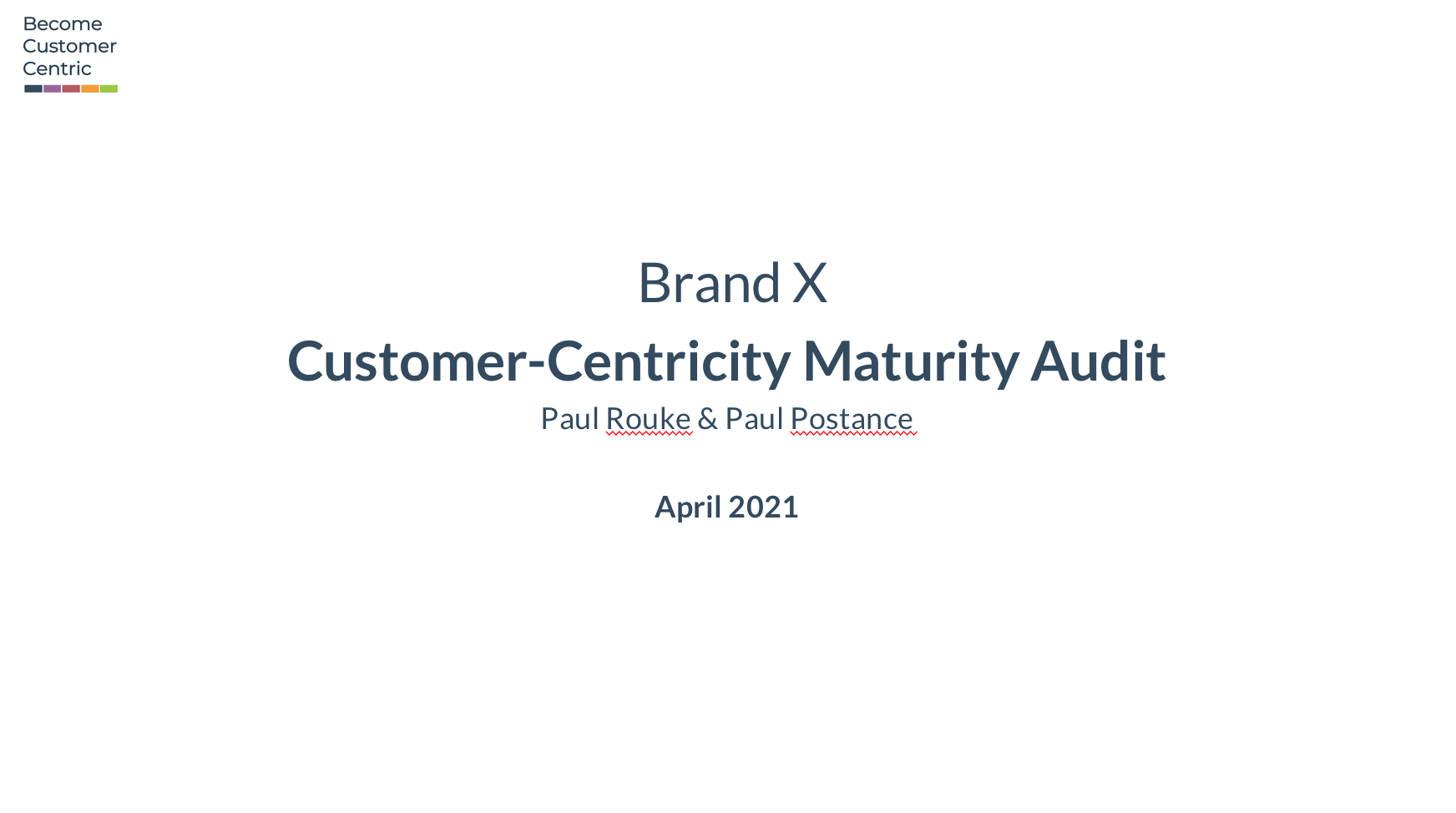
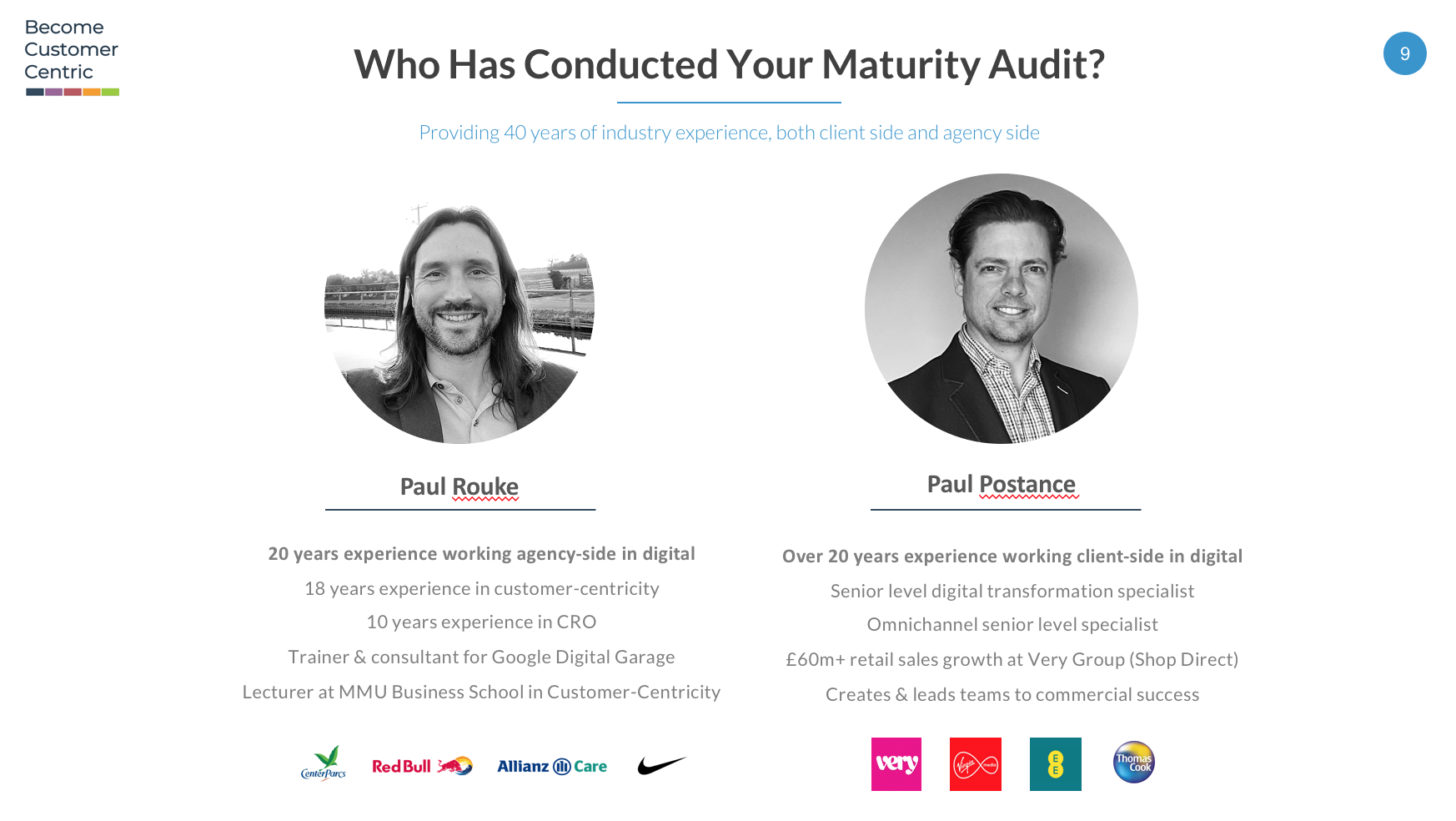
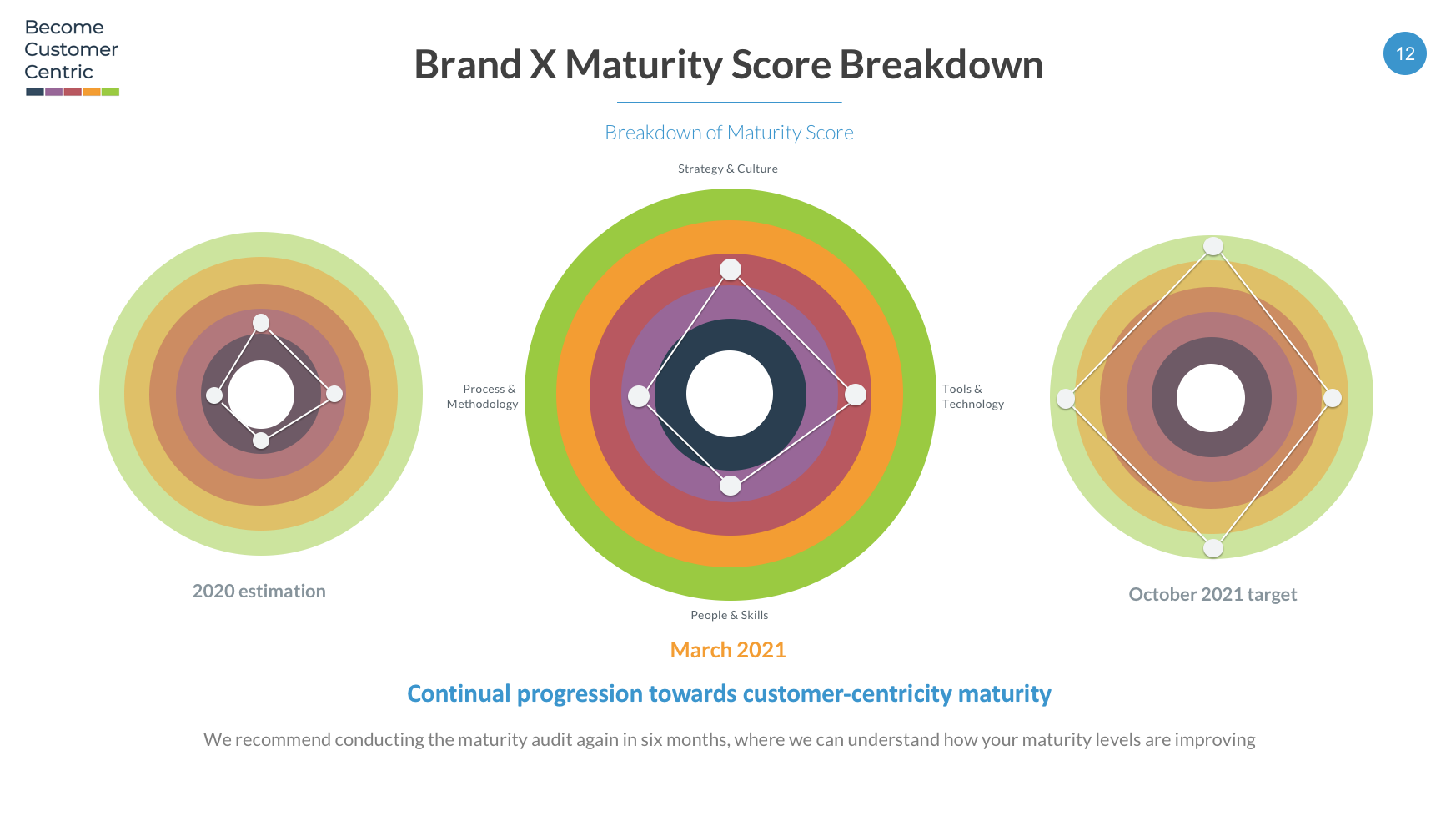

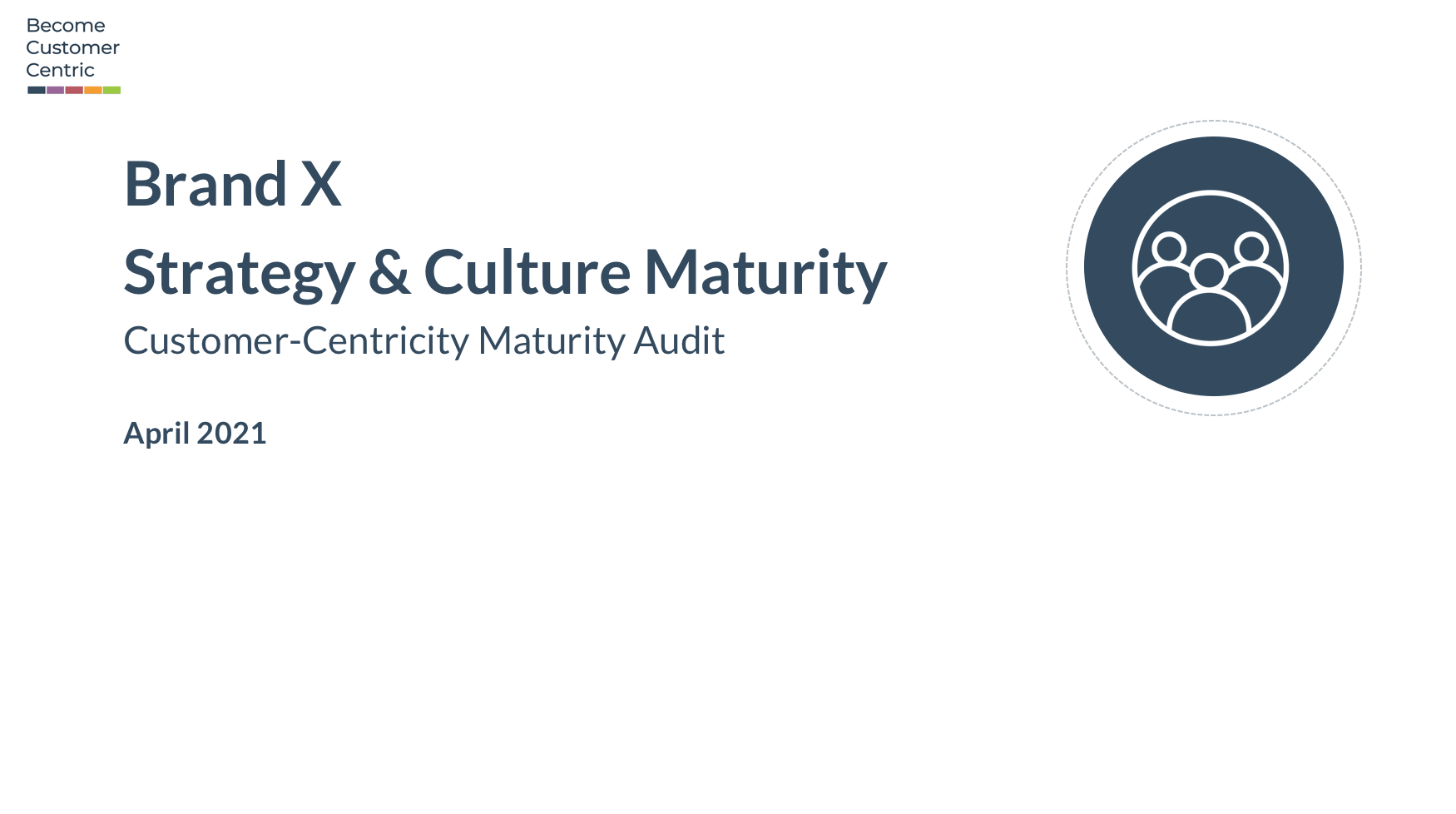
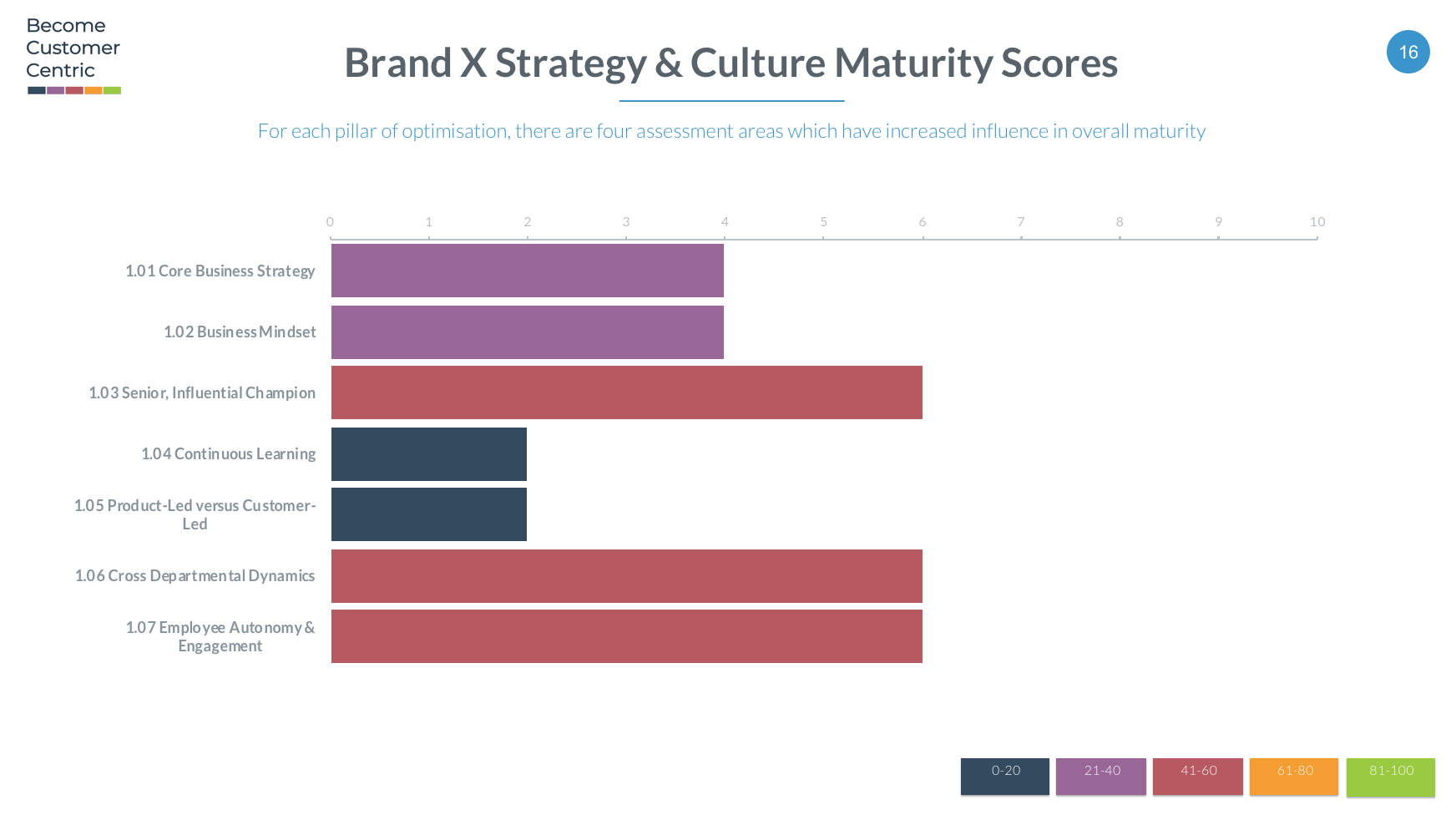

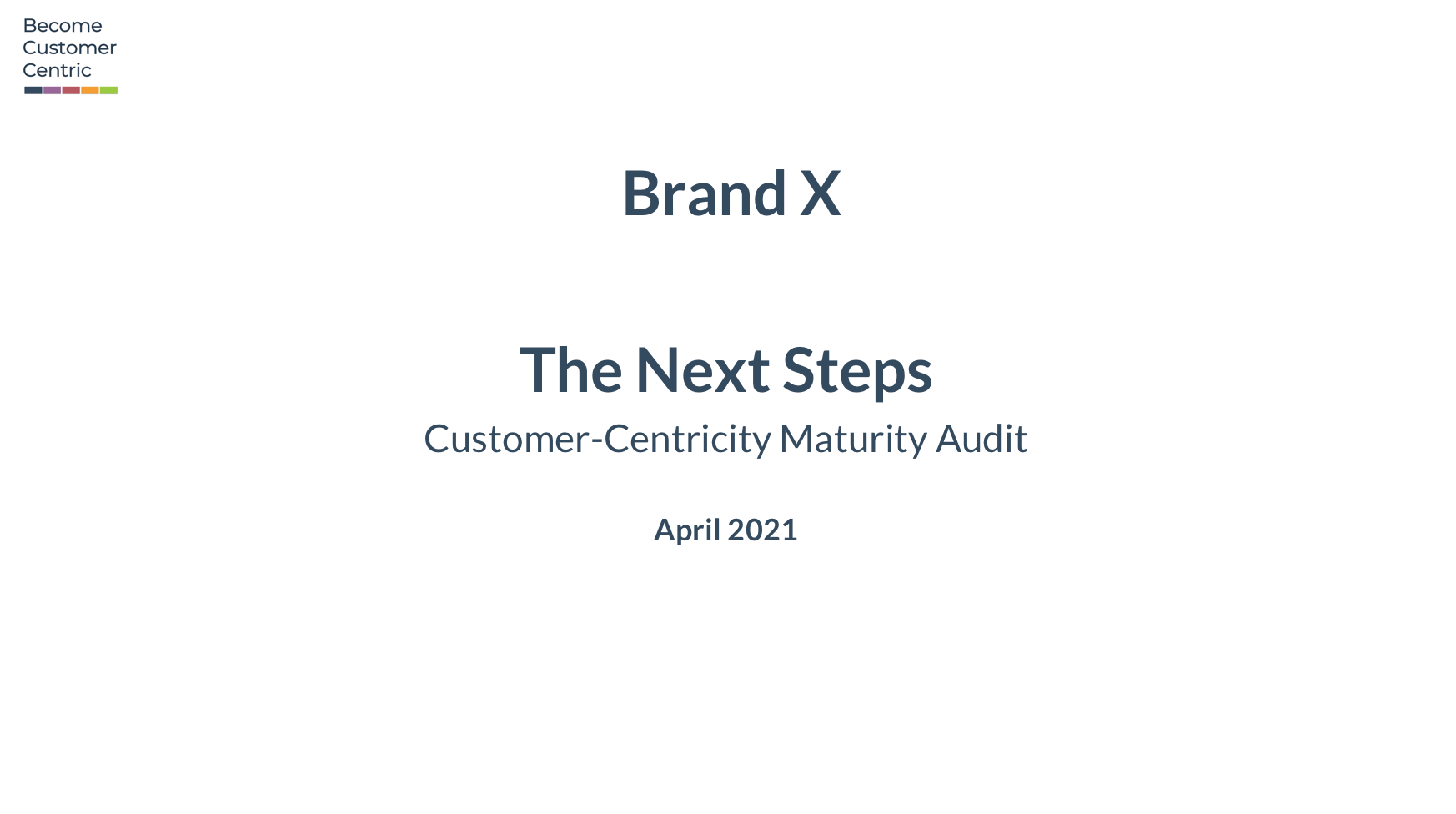

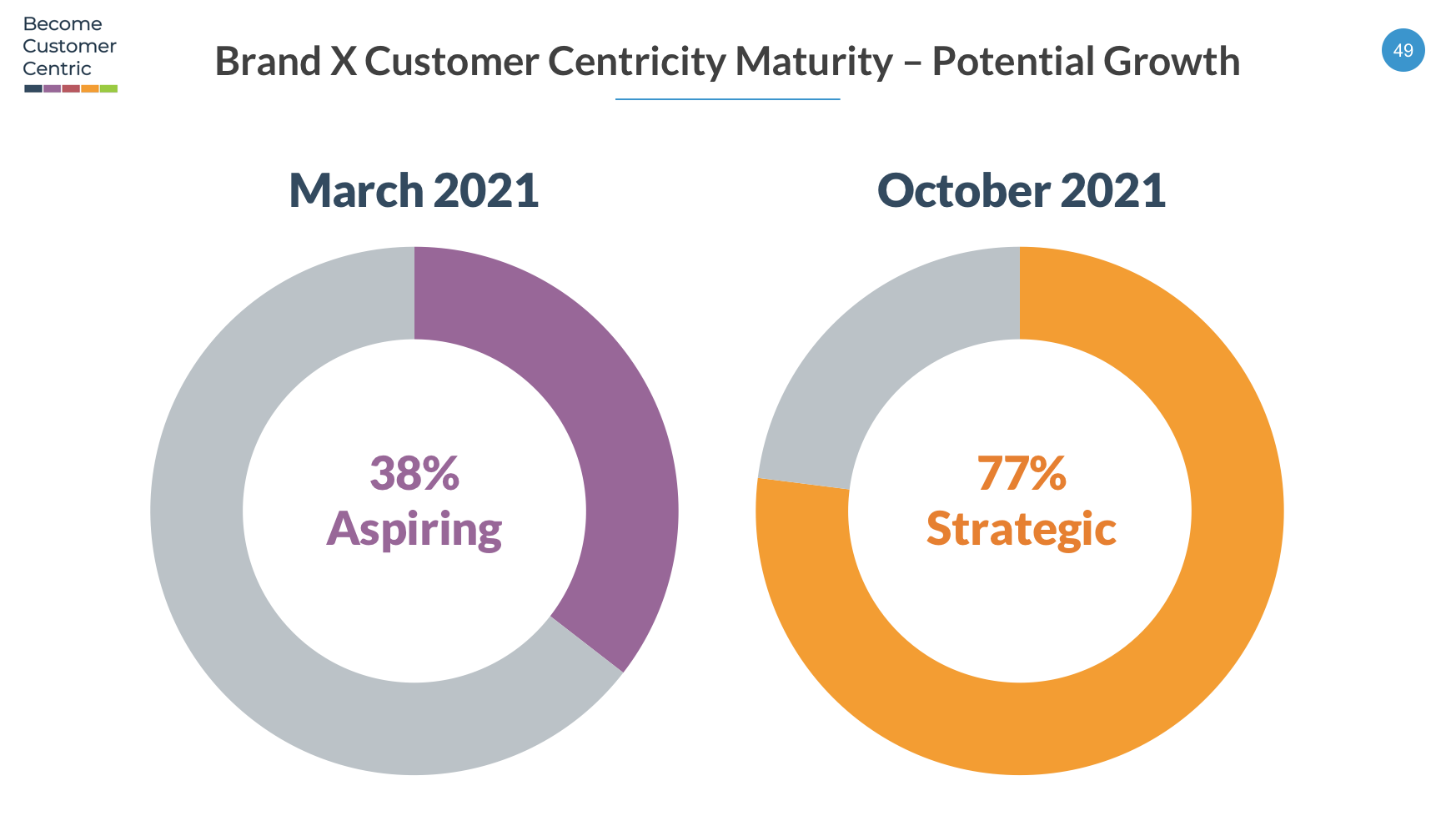

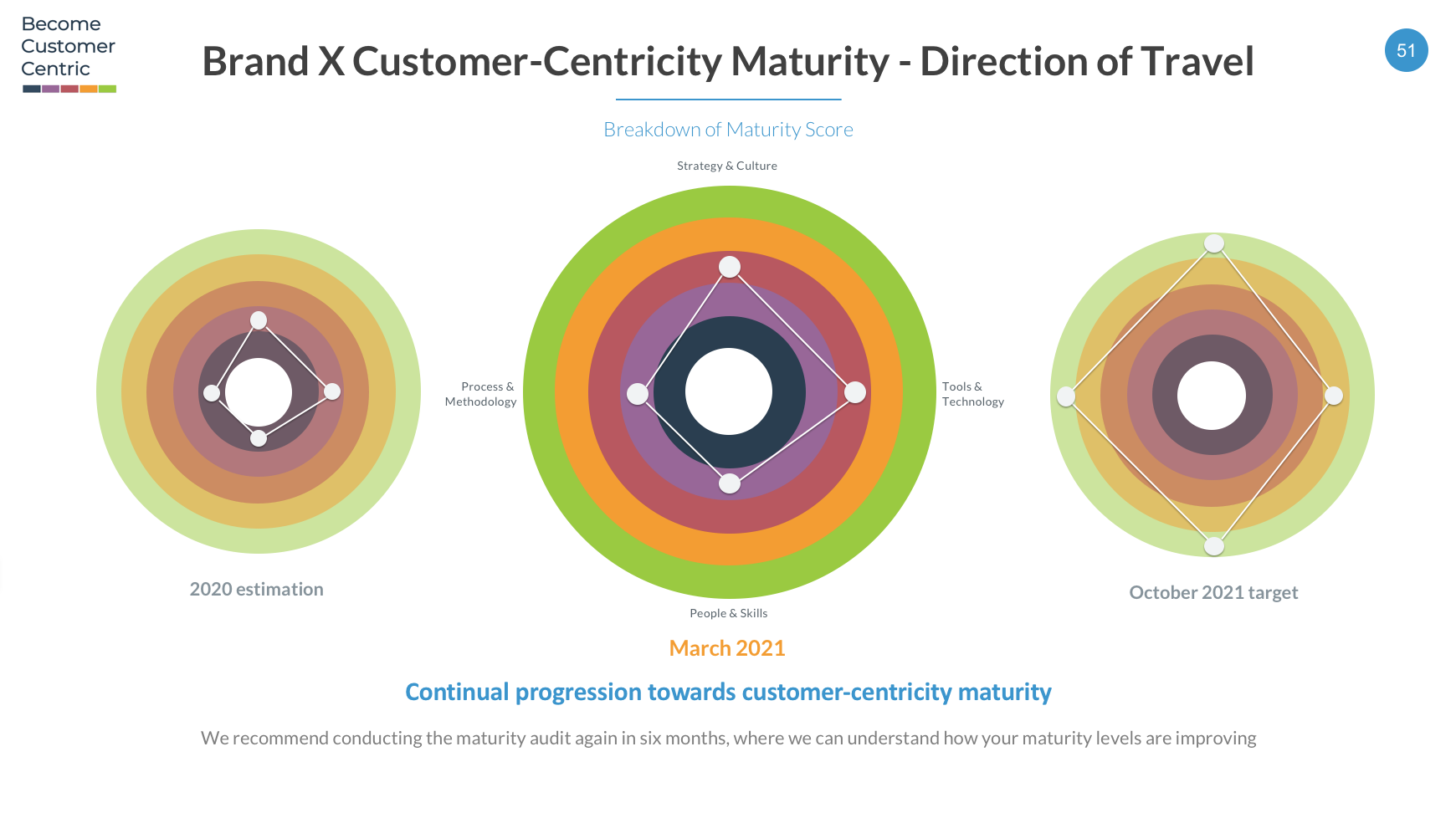

Please do get in touch if you are interested in your business being audited for Customer-Centricity - it could well be the most important consultancy engagement your business has ever done.
